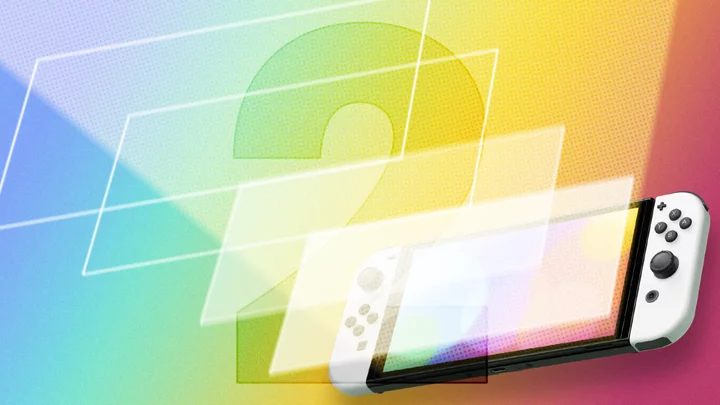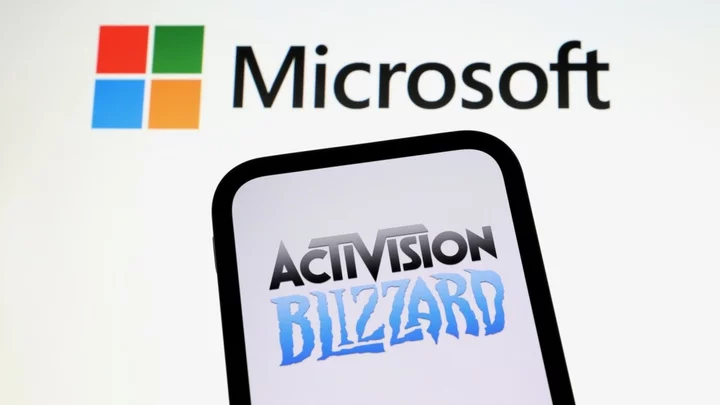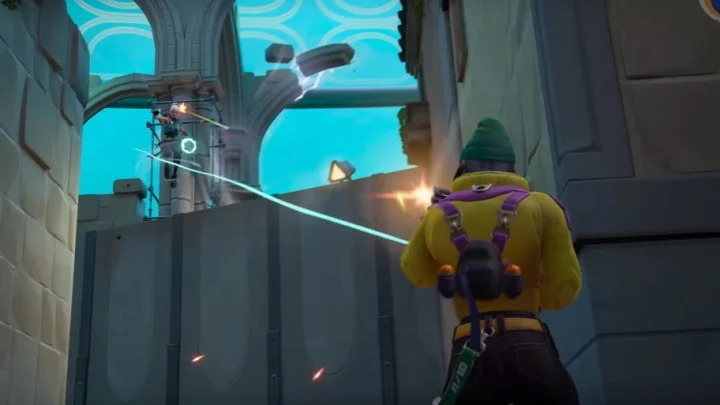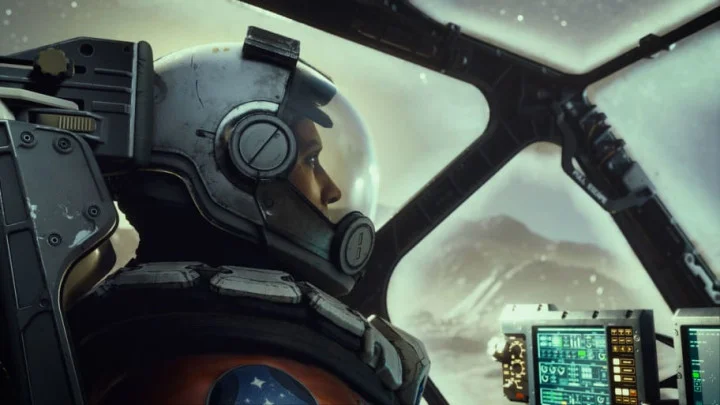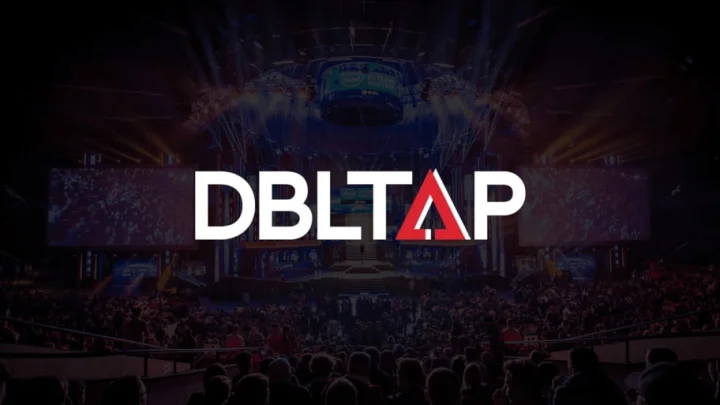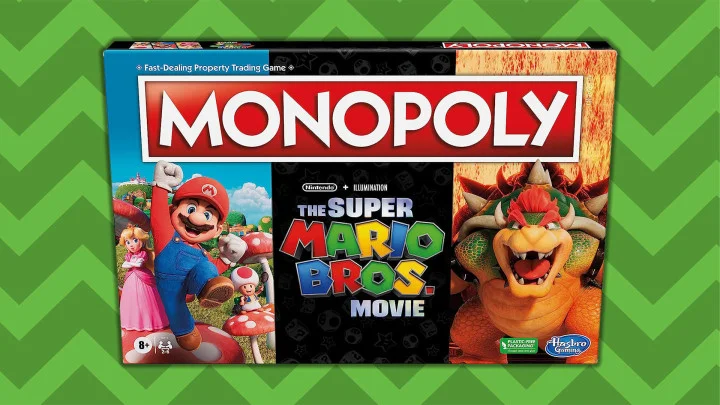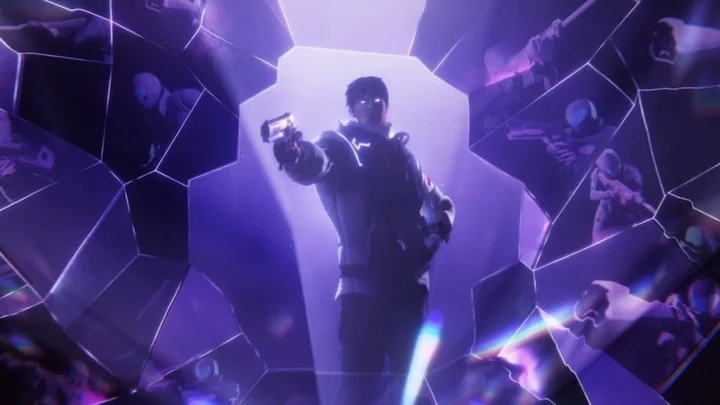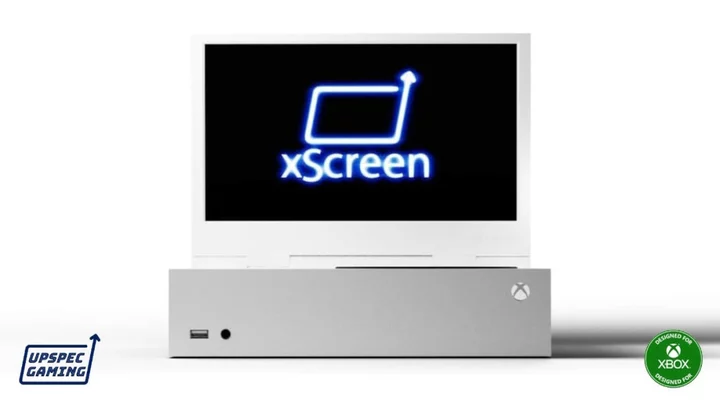In March 2017, Nintendo released the Switch, a hybrid console-handheld system that, much like the company itself, marches to its own beat. The Switch unites Nintendo's two software pillars, so you no longer need a home console and a portable handheld to experience the full breadth of the company’s library. However, the Switch lacks power, relying on excellent first-party releases, previous-generation ports, and the appeal of portable gaming to sell units—and sell units it has.
Fast forward to now. Switch sales remain strong, but much of its software comes with concessions. First-party games such as The Legend of Zelda: Tears of the Kingdom and Super Mario Bros. Wonder look and run great, but Apex Legends, Fortnite, Minecraft, Mortal Kombat 1, and other massive third-party titles lack performance parity with their PlayStation 5 and Xbox Series X/S counterparts.
However, if recent rumors are true, it appears that Nintendo is planning a Switch 2 that features enhanced graphics muscle via Nvidia's Deep Learning Super Sampling (DLSS) technology. That would be an excellent move that eliminates some of the graphical limitations inherent to the handheld and helps it truly compete with next-generation consoles.
Our Favorite Nintendo Switch Games
The Legend of Zelda: Tears of the Kingdom Review
5.0 ExemplaryPikmin 4 Review
4.5 OutstandingSuper Mario Bros. Wonder Review
4.5 OutstandingSwitch 2: The Reports and Rumors
Speculation regarding a Switch successor has made the rounds for years. The rumor mill was seriously churning before the Switch OLED's reveal, a mid-generation upgrade that was originally thought to be entirely new hardware. It's churning once again, but it's now accompanied by a Eurogamer report.
During Gamescom, a trade fair for video games held annually in Cologne, Germany, Nintendo held a closed-door demo with developers and publishers. According to Eurogamer, Nintendo demoed The Legend of Zelda: Breath of the Wild running on a Switch 2 prototype with a higher frame rate, a better resolution, and minimal load times. A Video Games Chronicle article cites a source that claims the Switch 2 was also able to run Epic’s flashy and graphically demanding The Matrix Awakens Unreal Engine 5 tech demo. This same source said Nintendo was able to achieve this level of fidelity using DLSS. A Nintendo representative recently denied these rumors (which is par for the gaming industry course), but they're worth exploring.
What Is DLSS?
Deep Learning Super Sampling is an AI-powered, image-enhancing technology only found on Nvidia's RTX graphic cards. DLSS debuted in 2019 and has received numerous upgrades over the years leading to its latest iteration, DLSS 3.5. Its benefit? You no longer need to make trade-offs when it comes to a game's frame rate and visual fidelity. DLSS lets you run games at a high frame rate and maximum visual settings (at 4K resolution) while freeing up the GPU. It’s a level of technical wizardry that seems too good to be true, but it works.
The three pillars of DLSS are frame generation, super resolution, and ray reconstruction. To put it as simply as possible, DLSS lowers the graphics' base stats and uses AI to reconstruct them without increased GPU power. Frame generation creates more frames leading to a higher frame rate, super resolution samples motion data and feedback from previous frames to render the visuals in 4K, and ray reconstruction uses AI to generate higher quality pixels between sampled rays.
For the Switch 2 to have a healthy life cycle, it must maintain strong third-party support and run as many games as possible.There might be some validity to the DLSS rumor. Nintendo and Nvidia have worked together for many years now. In fact, the Switch is an Nvidia-based console that uses a custom Tegra X1 processor. This is one of the best decisions Nintendo has made. Nvidia's Tegra line is compatible with many existing game engines, which lessens the game development burden. Although nothing in the reports suggests that the Switch successor will have horsepower that matches or surpasses the current-gen systems, its DLSS inclusion gives Nintendo a fighting chance to have graphics fidelity parity. It's unlikely that the Switch 2 will be a graphical beast like the PS5 and Xbox Series X given Nintendo’s history and concessions that must be made for a portable gaming device.
The Switch's Parity Problems
For the Switch 2 to have a healthy life cycle, it must maintain strong third-party support and run as many games as possible. The original Switch received several remarkably scaled-down ports such as Doom Eternal, No Man’s Sky, and The Witcher 3, which likely required heavy work. After all, scaling down a project to run on underpowered hardware can be as big a lift as porting the game at its highest specs.
Developers jumped through flaming hoops to make their releases run on the Switch. For example, Remedy Entertainment ported Control to the platform, but you could only play it via streaming. Hitman, Kingdom Hearts, and recent Resident Evil releases all saw cloud-based versions, too. That's not ideal, as it forces you to rely on a strong internet connection just to get the game to run.
Plus, there's heat from new competitors. The Asus ROG Ally and Valve Steam Deck recently proved that portable gaming devices can run demanding games with little sacrifice. On that note, Lenovo is releasing a handheld PC featuring detachable controllers similar to the Switch’s Joy-Cons. Although these machines may never hit the Switch's mainstream popularity, they might encourage a few tech-savvy gamers to jump ship to a device that runs Mortal Kombat 1 without terrifyingly janky animations.
It's Nintendo's Move
If these Switch 2 rumors are true, then the future is extremely bright for Nintendo, third-party developers, and gamers. Nintendo hasn't had a console that graphically matched the competition since the GameCube—and that's more than 20 years ago. For most people, the appeal of playing a game in handheld mode or on their television has been strong enough for them to look past weaker visuals. But as time goes forward, the gap between Nintendo’s visual fidelity and the competition’s grows wider.
If a Switch 2 could run games slightly closer to a PlayStation 5 and Xbox Series X, many gamers might choose the hybrid console for their third-party purchases. That benefits both gamers and Nintendo in the long run.

